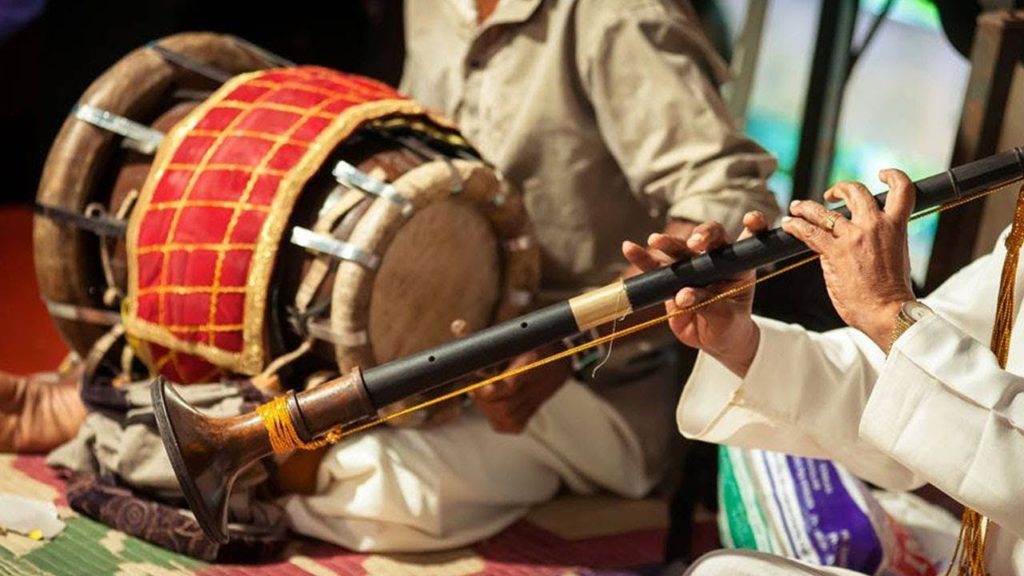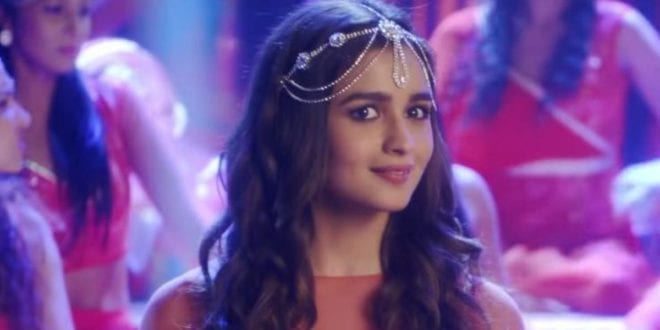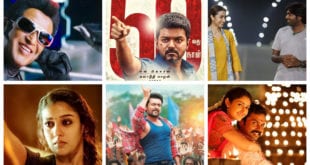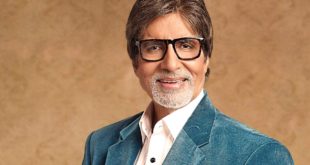When speaking about the origins of music of any kind, you must consider all the historical influences which happened. The topic at hand is one that raises eyebrows and interest all over the globe. Bollywood music associates the majority of people with a positive and joyful look at the cinema industry of India. But the road to the music we can hear today was full of bumps and obstacles that brought many irreconcilable differences from the region altogether. The early beginnings of the motion pictures are recorded in 1899, and it was in 1913 when Dadasaheb Phalke introduced the first full-motion movie that presented both genders on the big screen.
The real creation around the cinematic music here was absolutely unique and worthy of knowing. Note that Bollywood music is also called Filmi songs (mostly in India), and Hindi songs (all over the globe). Imagine for a moment the process of finding the right model of working in a multicultural, religious, massively British influenced country, with around ten different languages.

This sounds like a challenge for anyone, but it was accomplished concerning all the mentioned criteria above. Hence the linguistic solution which offered the most practical usage is the combination of Urdu and Hindu languages with Punjabi also included in a large number of songs.
In the early 1930s, Bollywood music made a real boom on the Indian market, evolving with each released song from the movie. Many still consider the 1931 full-sound motion movie Alam Ara an example of what was to follow up in the years to come. The mention motion picture itself had seven songs included in due to the visionary at the time Ardeshir Irani, then followed Maden, Shireen Farhad, and many others in the same year, each increasing the number of songs sequences.
By the end of 1931, the industry produced over 200 movies with Hindu music and its actors taking the spotlight. At the first stage of the rapid evolution of Hindu music, actors and actresses were chosen mainly because of their vocal abilities. Traditional and cultural themes dominated the cinematic song creations at the time with the logical influence of the nation who were inspired by such.
People refer to the first stage of the Filmi songs as the studio age or era. Logically in the hands of professionals who desired to increase the end profit of studios like Calcutta and Madras, Hindu movies reached the number over 930 in the period of nine years (1931 -1940). The standard amount of songs per one picture was ten, and it all had to be filled with top quality live singers at the time like Bal Gandharva.

Even today, you can find sounds from that time on pagalworld and feel the power within. Organized as profitable business studios at the time were modeled like the ones in Hollywood, focusing on expanding the habit between the fans of listening, then watching dancing sequences containing Hindu songs. Such a concept that united cultural, traditional, even historical differences found the same language in the positive ton of Bollywood music.
The next chapter of the topic at hand is the period between the 1940-1950s. In the mentioned period, the shift from the influenced studios – motion pictures to influential producers was done almost over the night. The number of musical directors, producers, artists, and songs rapidly increased, but simultaneously lowering the quality of the product in general.
The economic factor was evident here, and the best explanation was “masala movies” as they are known on Hindu. The masala pictures were the recipe for good business at the time. They insisted on a specific number of songs, famous actors, and dance sequences in one final-product. This marked the beginning of the Director age as the second vital step in Bollywood music history.

Directors era was announced with the introduction of playback singers and a limited number of the directors, which had the last word on any project in every studio. The names like Shankar – Jaikishan, Naushad, Madan Mohan, S. D. Burman, and C. Ramchandra are probably the most-known ones to mention. In the studio age, the actors all sang, which was the opposite of the Director’s era.
Implemented between the nation, the habit of listening to songs from motion pictures boosts the popularity of music directors of this period. Continuity in the production with the commercial side above all in focus found a flourishing period of the 60s and 70s. You may even say that this age has given birth to the first mega Bollywood music stars that were icons to the one’s today.
When speaking about the necessary steps for the Bollywood music industry, we must also mention the transition era. Innovation that led the industry to enormous success it has today had severe issues concerning expected salaries between music producers and film production. Look, the movie production demanded that the increased incomes from sold records were distributed between movie production, music producers, actors, and singers.
The downfall of the music industry in the middle of the 1990s was the result of the disagreement mentioned above. The transition era should be connected with the evolution of digital sound and the IT assistance on the way. This era of the topic at hand ended at the end of the 90s, still breaking the increased number of sold songs from the Bollywood land.
Such style and sound in a theme are complex to understand if you are not a fan of the Indian trademark in motion pictures. A cultural inheritance had a big part in the upbringing of the Hindi songs, especially in the social aspect it had on the population. The used lyrics were taken from Hindi, Urdu, and Panjabi poetry, shaping the beginning of the Bollywood music industry and even affecting it today. The musical genres surely changed thought time, and from the early typical traditional sound to disco, rock, Ghazali, Qawwali, and many others, it continued to evolve.
We have only touched the surface of the topic with this article but suggest giving it a place in your “room of interest” for the future.
 Imagup General Magazine 2024
Imagup General Magazine 2024



